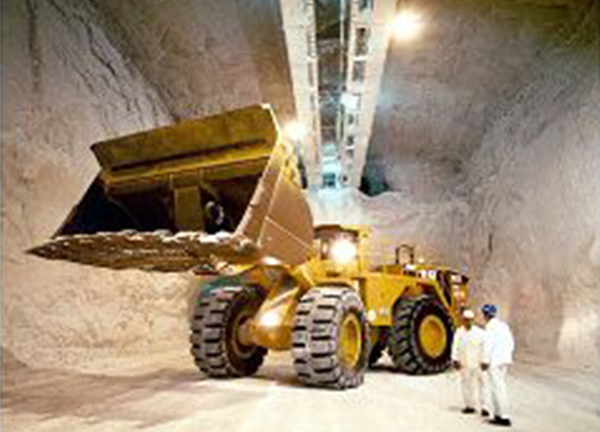RADIODATA develops and manufactures solutions for various areas of business-critical communication.
On the following pages you will find more detailed information about our products.
Optical signal distribution systems enable the distribution of RF signals and are used when the objects to be covered are so extensive that a single radio location is not sufficient for coverage.
Optical signal distribution systems consist of three main components: The optical master unit (OMU) converts the radio signals into light, the fibre optic cables (FO) distribute this in the object and optical slaves convert the signals back into radio frequency and transmit them amplified.
RADIODATA offers various optical master units and optical remote units to suit the requirements of your project, enabling customised technical solutions with maximum availability and cost-effectiveness for both small and complex projects. RADIODATA offers various optical master units and optical remote units to meet the requirements of your project. This enables us to provide customised technical solutions with maximum availability and cost-effectiveness for both small and complex projects as well as for the transmission of multiple frequency bands.
Public Safety inhouse radio systems with optical distribution system
If a single radio station is not sufficient for the radio coverage of an object, optical signal distribution can increase the range.
RADIODATA offers optical distribution systems for DMO1b, TMO or TMOa solutions for the distribution of TETRA signals, which have already been used successfully many times. These solutions are characterised by maximum cost-effectiveness and availability.
Complex radio systems with optical signal distribution
If large areas such as an exhibition centre, an airport or an underground tunnel are to be supplied with radio, two further challenges must be solved in addition to the size of the system: Firstly, often several frequency bands have to be transmitted (e.g. 70cm for TETRA and a DMR or TETRA network for the operator), and secondly, often redundancy concepts are required to ensure full functionality even in the event of partial failures of the radio system.
RADIODATA also engineers customised solutions for complex radio systems and support you from the initial idea through to operation.
In the past, authorities, public safety organizations and industries often used analogue dedicated lines to supply radio transmitter/receiver stations and control stations with audio and control information. In many cases these lines are no longer available or have become prohibitively expensive.
The Audio Processing Gateway (APG) from RADIODATA makes it possible to transmit analog audio signals transparently over cost-effective time division multiplex lines such as E1 or ISDN as well as over IP networks as Voice-over-IP. Optionally, the APG's digital signal processor can process and evaluate the data. This makes it possible, for example, to evaluate and acknowledge FMS telegrams, generate and evaluate tone sequences or encode/decode sub-audio tones.
 More than 15 years ago, an explosion rocked a german mine. Several miners died in the accident. Survivors were found with the help of the radio system and brought to light in a dramatic rescue operation.
More than 15 years ago, an explosion rocked a german mine. Several miners died in the accident. Survivors were found with the help of the radio system and brought to light in a dramatic rescue operation.
RADIODATA offers customized solutions for safer communication for miners underground and for the mine rescue team.
RADIODATA's propagation measurements have shown that low radio frequencies enable greater range. Therefore, most mines use radio systems in the VHF Low band. However, RADIODATA can also supply the systems in the VHF and UHF bands if the conditions differ.
The current generation of base stations and end devices enables a high level of investment security because these devices support both analogue mode and DMR. The digital radio system can be easily integrated into an SNMP-based network management system.
In order to ensure radio communication in large buildings a special type of radio repeater is the solution of choice. Required by law, property owners or the respective operators of buildings are obliged in many countries to provide such communication free of charge to first responders, i.e. fire fighters, police and emergency services. This applies to all important and large objects, including but not limited to, office buildings, train stations, airports and tunnels, without coverage by the transmitter serving the area.




















